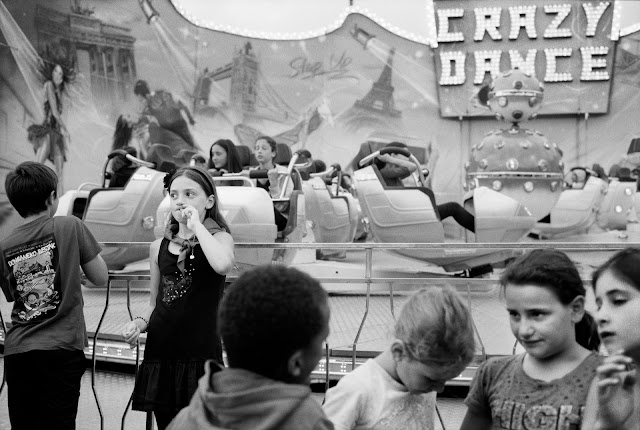The Perfect Digital Original

Now that we have our digital negative (see Perfect BW Scan ), we need to transform that into a Perfect Digital Original, fit for digital processing and printing. We are going to invert the negative, adjust the basic grey levels, spot re-touch the dust and hairs and sharpen the image. When all that is done, we have a good Digital Original that we can process like we would any digital image. Software I use Adobe Photoshop for this specific digital process. You will see that we need very specific tools that are not (yet) available in other products, or if they are, they do not perform exactly the way I want them to. You will be able to perform the same or similar steps in other software. I tried other applications like Phase One Capture One Pro (my preferred tool for raw processing), Affinity Photo and others. Some come close, but not close enough for me. The Process The whole process from digital negative to digital original involves a lo...

